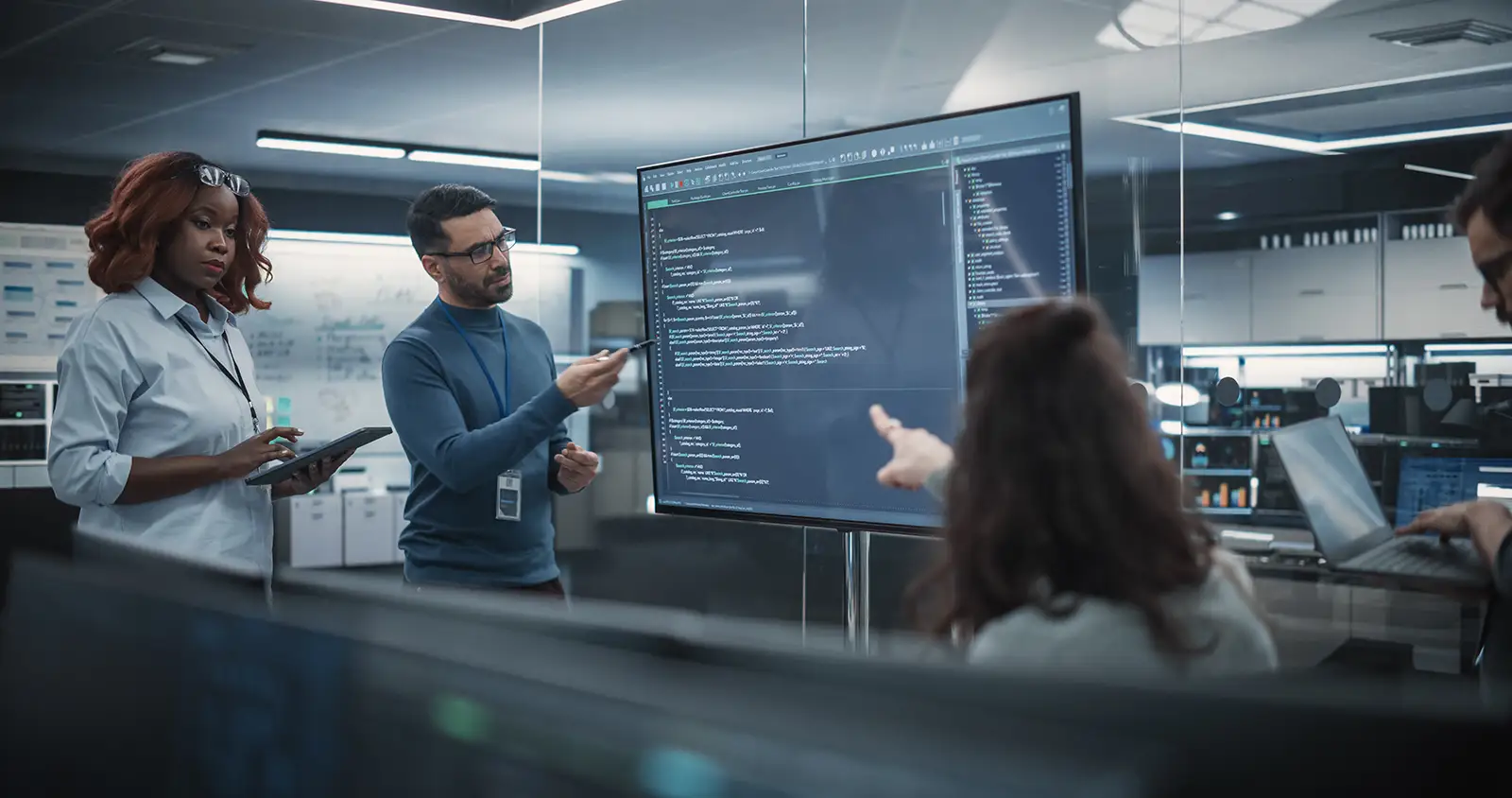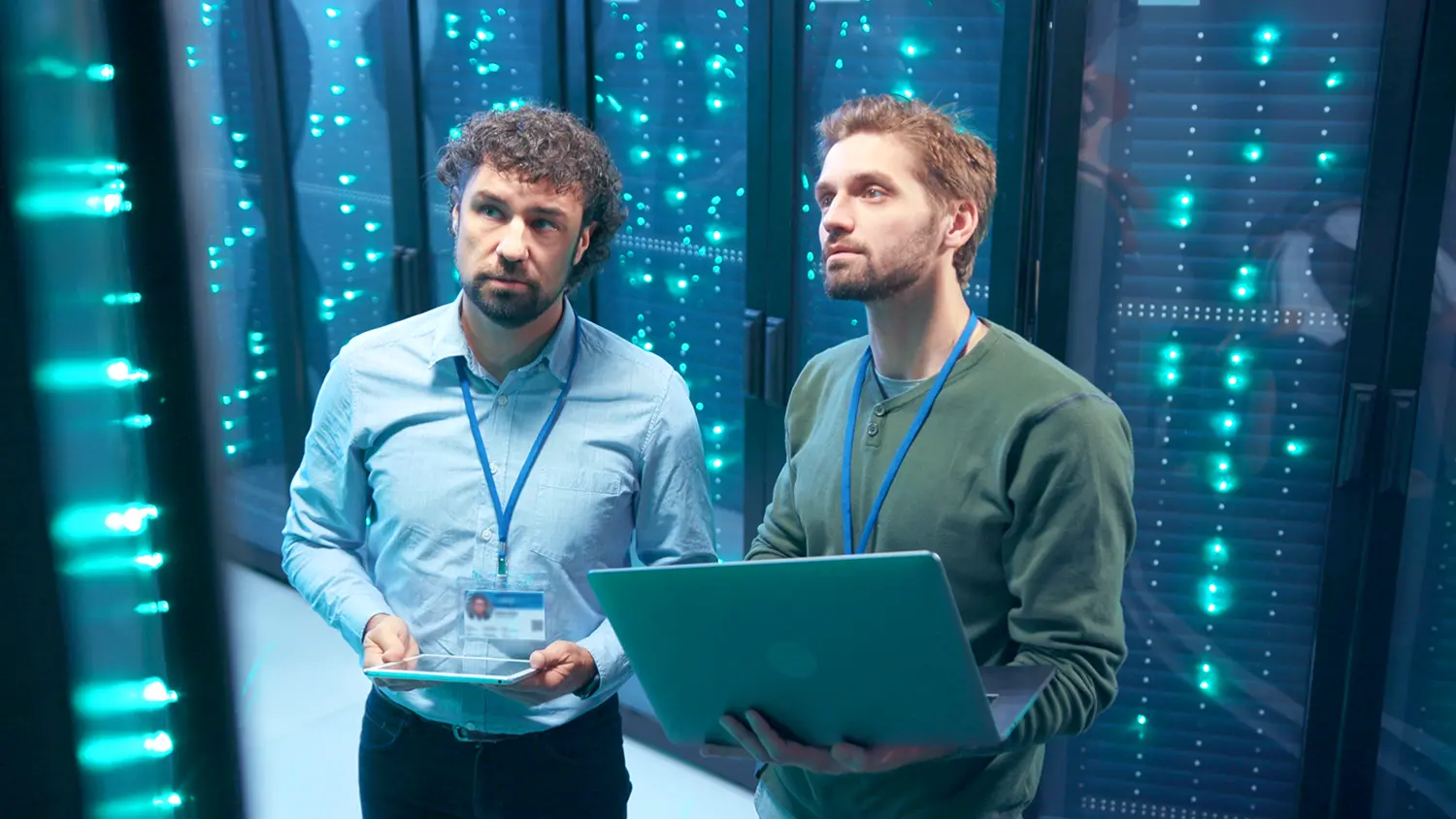
Growth Acceleration Partners | September 19, 2025
AI Agents are Revolutionizing the FinTech Industry
If you work in the financial services industry, you already know: the pressure is on. Every day, you hear about competitors using AI to gain an edge and you see the headlines about incredible efficiency gains. Your board is asking, “What’s our AI strategy?” and your team is wondering how to get started. We get […]
Read More
Growth Acceleration Partners | September 11, 2025
Is Your SaaS Dying… or Is This Clickbait?
The SaaS model that has dominated the last two decades of technology is starting to crumble. AI is rewriting the rules of value creation, and the shift is happening faster than anyone expected. But don’t believe the bold headlines. SaaS isn’t dying — it’s simply evolving faster than most companies can keep up. As AI […]
Read More
Growth Acceleration Partners | September 4, 2025
AI Won’t Transform Your Business Without This One Critical Step
Artificial intelligence is having its “iPhone moment” in public perception — but not in enterprise reality. In other words, this is a transformative turning point where a new technology becomes widely adopted, revolutionizing industries and changing human behavior. Much like what happened when the iPhone changed how people interacted with devices, businesses need to adapt […]
Read More
Growth Acceleration Partners | August 21, 2025
Technology Application Assessment
Why Your Business Needs an IT Audit: A Guide for Leaders
Every business aims to create and deliver value in a way that is profitable, sustainable, and scalable. But when system outages or persistent tech glitches disrupt daily operations, that vision quickly fades. According to the Uptime Institute, more than 60% of avoidable outages cost companies more than $100,000 annually. These silent losses drain resources, erode […]
Read More
Growth Acceleration Partners | August 20, 2025
Why Latin American Engineering Talent is Your Project’s Productivity Powerhouse
You’re short on senior devs, and Silicon Valley rates are out of reach. Outsourcing seemed like the answer until time zone gaps and communication delays started killing your momentum. It’s a common challenge for tech leaders trying to scale without overspending. However, the good news is that nearshore outsourcing in Latin America (LatAm) offers a […]
Read More
Growth Acceleration Partners | August 20, 2025
Platform Engineering Solutions: The Key Ingredient for Scaling DevOps Effectively
You’ve built a strong DevOps culture, but now things feel messy. As your team grows, tools multiply, and projects that once moved fast now feel slow and fragmented. Different development teams are stuck managing tools instead of building, while your DevOps team is buried in automating tasks. Nearly 40% of developers now spend 25% to […]
Read More
Growth Acceleration Partners | July 16, 2025
Technology Architecture Assessment
Future-Proofing Your Tech Infrastructure
Many businesses push for better products but ignore the foundation holding everything together: their tech infrastructure. As digital tools evolve, customer expectations rise, and compliance rules tighten, using outdated systems may slow you down. With over 90% of businesses relying on modern tech, staying competitive means building infrastructure that thinks ahead. If your systems can’t […]
Read More
Growth Acceleration Partners | July 15, 2025
The Reality of IoT Security in 2025 and our Solution
As we enter the second half of 2025, the connected-device ecosystem has hit unprecedented scale. Worldwide, nearly 19 billion IoT devices — everything from factory sensors to wearables — are now in operation, up from about 16 billion just two years ago. Spending on IoT is forecast to surge from $280 billion in 2024 to […]
Read More
Growth Acceleration Partners | June 19, 2025
IT Outsourcing Trends That Tech Leaders Need to Know in 2025
Cloud-native platforms, machine learning, edge computing — the digital landscape is evolving at breakneck speed. But the ability to innovate doesn’t just depend on vision anymore — it hinges on access to the right talent, the right tools, and the right partners. That’s why IT outsourcing has transformed. It’s no longer a reactive move to […]
Read More
Growth Acceleration Partners | June 18, 2025
What Is Technical Debt in AI Codes & How to Manage It
Artificial intelligence is now a part of every software development team’s workflow. Developers claim it improves their productivity, but at what cost? GitClear’s latest research on AI-generated code quality showed that coding with AI is increasing code duplication and reducing the quality of development. The report also emphasized that it increases the rate at which […]
Read More